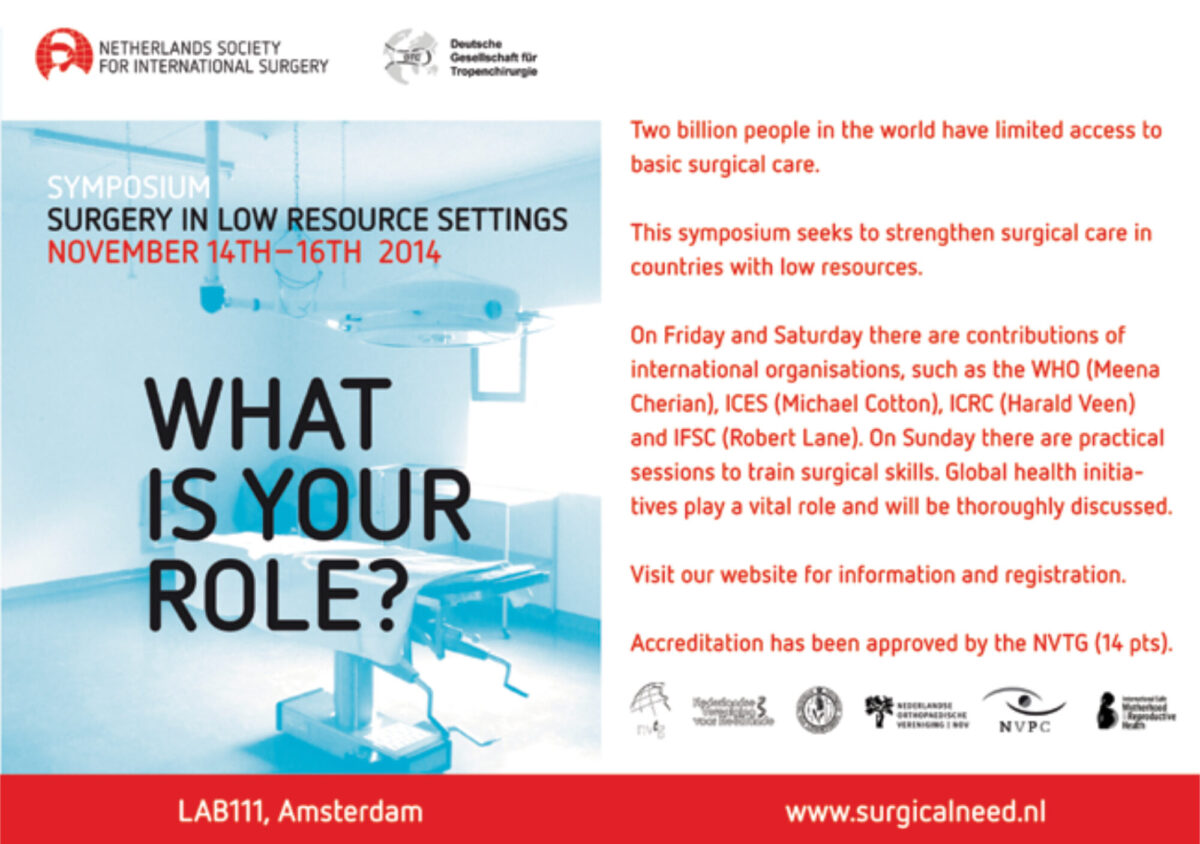Main content
Introduction
Diabetes mellitus (DM) is among the most important noncommunicable diseases (NCDs); the International Diabetes Federation (IDF) estimates that 8.3% of adults (382 million people) have DM of which 80% live in low- and middle-income countries (LIMCs)(1). DM causes considerable morbidity and mortality and it is a risk factor for cardiovascular disease, in particular myocardial infarction and stroke. DM has always been important in tropical medicine but it never received the attention it deserves. Type 2 DM is most common; the incidence of type 2 DM in LMICs is expected to increase, as elsewhere, because of life style changes that include eating fast food, lack of exercise and obesity, usually in the context of the metabolic syndrome. Ageing of the general population is another contributing factor. In addition, there is an interaction with another major tropical disease: HIV infection that can cause the metabolic syndrome, and antiretroviral drugs used to treat HIV, such as stavudine and lamivudine, may aggravate this, thus leading to newly developing diabetes.
Type 2 DM accounts for >90% of DM cases in Africa; the increase in type 2 DM in Africa is expected to be 161% by 2030 compared to 2000 which is considerably more than the worldwide increase of 114%. In contrast, type 1 DM is less common in sub-Saharan Africa than in Europe or North America for reasons that are not well understood; genetic differences, prolonged breast feeding and exposure to repeated infections that influence the immune system have all been suggested (2).
The prevalence of DM in sub-Saharan Africa has not been described in detail in many countries.
The situation in malawi
For Malawi, recently a survey (conducted in 2009) was published that estimated the magnitude of DM and impaired fasting blood glucose (FBG). In 3056 participants (70% females, 88% from rural areas) an overall prevalence of impaired FBG of 4.2% was found, more in men than in women. There were no differences in prevalence between rural and urban areas. The prevalence of diabetes that was recorded reflects an increase from <1% in the 1960s to 5.6% in 2009(3).
There is a diabetes clinic at Queen Elizabeth Central Hospital, Blantyre, the only teaching hospital in Malawi; the hospital is affiliated to the College of Medicine. While the clinic has existed for many years, there was little information on the patient population, and there was concern about the quality of care delivered as no data were available on the diabetic control in individual patients and common oral antidiabetic drugs such as glibenclamide and metformin were often out of stock. Patients are then advised to buy these drugs on the private market. Clearly this does not happen in most cases. The same applies to insulin that also requires refrigeration; if patients do not have a refrigerator they often use a clay pot that may help in reducing the temperature.
Another problem is knowledge and understanding of DM; many patients do not have a clear idea what DM is and what is required in terms of management. This also applies to keeping to a diet that is focused on a more or less equal intake of carbohydrates throughout the day and avoiding peaks such as caused by soft drinks.
Research is needed to guide management
In 2007 a team of physicians from the Department of Medicine with special interest in DM managed to acquire funds to start a prospective cross-sectional survey to describe current management, control and complications of adult DM patients that included the assessment of the prevalence of HIV(3).
In this study the following results were obtained: a total of 620 patients were included with a mean age of 52 years; 60% were female. 18% were type 1 diabetes with a mean body mass index (BMI) of 24.5 (range 14-39), while the mean BMI in type 2 diabetics was significantly higher at 28 (range 15-48). Poor hypoglycemic control was reflected in fasting blood sugar levels (mean 182 mg/dL) and in the glycosylated haemoglobin levels (HbA1c) that reflect glycemic control in the preceding 3-6 weeks. Only 25% were in the target range of HbA1c < 7.5%, while 34% was between 7.5-10% and 41% had levels > 10%, reflecting very poor control. Microvascular complications were common: nephropathy in 35%, retinopathy in 35% and neuropathy in 46%. The prevalence of HIV was 14%; those who were HIV positive more often had albuminuria, but there was no association with retinopathy or neuropathy(3). In another study, the prevalence of Sight Threatening Diabetic Retinopathy was high (~ 19%) in both type 1 and type 2 diabetics(4).
Hypertension was also common with systolic BP > 140 mm Hg in 52%. The poor control of hypertension adds to the risk of the development of macrovascular complications. More aggressive antihypertensive therapy is needed. Also here, the availability of drugs plays a role; another complicating factor is the lack of good studies in Africans as the response to antihypertensive treatment may be different in African people as was clearly shown in various large studies in the USA where differences in white and black populations were found.
In 2009, the DM clinic was further reformed taking the DOTS framework for tuberculosis as an example. This includes standardized treatment through guidelines, improved drug supply and training of health workers, in particular diabetes nurses. An electronic medical record system was introduced for better management and monitoring. A total of 1864 patients were registered by end 2010(5).
Conclusion and lessons learned
The Malawi experience shows an alarming increase in people with impaired FBG and poor control even in those who attend a specialized clinic. However, there is increasing awareness for DM and there are WHO guidelines for non-communicable diseases (package for essential non-communicable diseases-PEN) that could be used for screening for DM in community-based programmes. The DM clinic has been thoroughly transformed by the various studies that were conducted; there is ongoing research on DM and students benefit from the increased level of care in their clinical attachments. There are special diabetes nurses and there is participation of the patient community to encourage others to be educated about DM and promote better compliance. It is to be hoped that the experience in the clinic in Blantyre will be expanded to other hospitals and clinics in the country.

References
- Guariguata L, Whiting D, Hambleton I, Beagley J, Linnenkamp U, Shaw JE. Global estimates of diabetes prevalence for 2013 and projections for 2035 for the IDF Diabetes Atlas. Diabetes Res Clin Pract 2014; 103: 137-49.
- Gill G. Diabetes in Africa – Puzzles and challenges. Indian J Endocrinol Metab 2014; 18: 249-51.
- Cohen DB, Allain TJ, Glover S, Chimbayo D, Dzamalala H, Hofland HWC, Banda NPK, Zijlstra EE. A survey of the management, control, and complications of diabetes mellitus in patients attending a diabetes clinic in Blantyre, Malawi, an area of high HIV prevalence. Am J Trop Med Hyg 2010; 83: 575-81.
- Glover SJ, Burgess PI, Harding SP, Hofland HW, Zijlstra EE, Allain TJ. Prevalence of diabetic retinopathy, cataract and visual impairment in patients with diabetes in sub-Saharan Africa. Br J Ophthalmol 2012; 96: 156-61.
- Allain TJ, van Oosterhout JJ, Douglas GP, Joukes S, Gadabu OJ, Darts C, Kapur A, Harries AD. Applying lessons learnt from the ‘DOTS’ Tuberculosis Model to monitoring and evaluating persons with diabetes mellitus in Blantyre, Malawi. Trop Med Int Health. 2011; 16: 1077-84.



















































